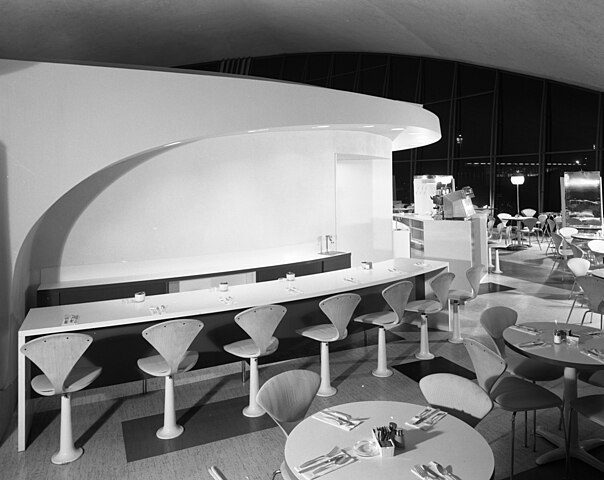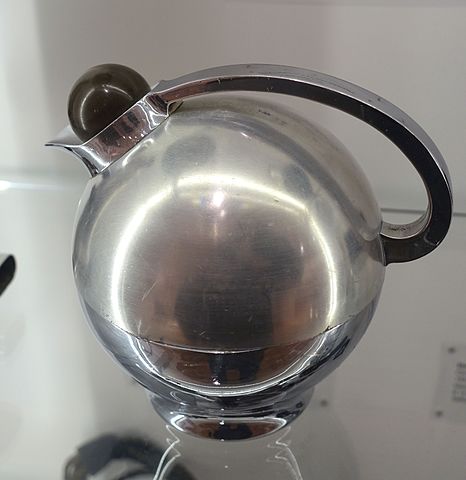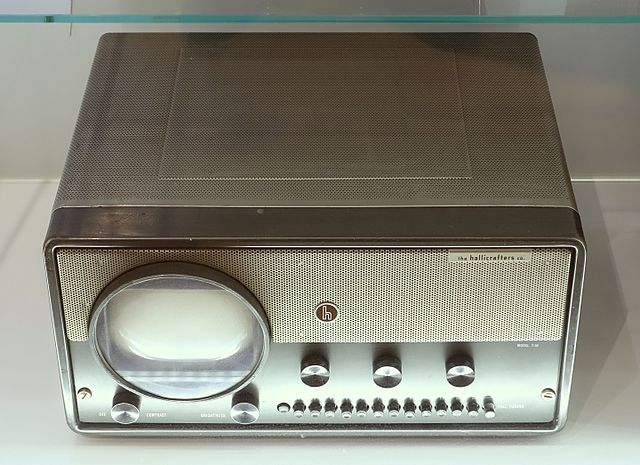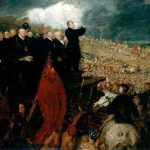
Raymond Loewy, born on November 5, 1893, in Paris, France, was a prolific industrial designer who left an indelible mark on 20th-century design. Renowned as the “Father of Industrial Design,” Loewy’s innovative approach transformed the aesthetics of everyday objects and significantly influenced the field of design.
Loewy’s early life included a move to the United States in 1919, where he initially worked as a fashion illustrator for publications such as Vogue and Harper’s Bazaar. His artistic talents quickly garnered attention, and he soon transitioned into industrial design.

In 1929, Loewy founded Raymond Loewy Associates, a design consultancy firm that played a pivotal role in shaping the visual landscape of American consumer products. His early successes included collaborations with major corporations, such as the design of streamlined packaging for Lucky Strike cigarettes and the creation of the Coldspot refrigerator for Sears.
Art Deco Influence
One of Loewy’s most iconic contributions to design was his work with the Pennsylvania Railroad. In the 1930s, he developed the streamlined locomotive design for the Pennsylvania Railroad’s S1 steam locomotive, symbolizing the height of Art Deco-inspired industrial design. This groundbreaking design not only enhanced the locomotive’s efficiency but also elevated the aesthetic appeal of trains.

During World War II, Loewy applied his design skills to the war effort, contributing to the design of military aircraft and other equipment. His ability to merge functionality with aesthetics proved invaluable in creating efficient and visually appealing tools for wartime use.
The post-war era saw Loewy’s continued success, with his designs extending to various industries, including transportation, furniture, and household appliances. He played a crucial role in shaping the mid-century modern aesthetic, emphasizing simplicity, functionality, and sleek lines. Notable designs from this period include the Studebaker Champion and Starliner cars, as well as the iconic Greyhound Scenicruiser bus.
Graphic Design Success
In addition to transportation design, Loewy’s firm worked on numerous high-profile projects, including logos for major companies such as Shell, Exxon, and TWA. His design philosophy, encapsulated in the phrase “Most Advanced, Yet Acceptable” (MAYA), emphasized a balance between innovation and familiarity to ensure widespread acceptance of new designs.
Loewy’s impact extended beyond the United States, with his consultancy firm undertaking projects globally. He received numerous awards and accolades for his contributions to design, solidifying his status as a visionary in the field.

Raymond Loewy continued to work well into his later years, maintaining a passion for design until his death on July 14, 1986, in Monaco. His legacy lives on in the countless products and designs that bear his imprint, and he remains an enduring figure whose influence continues to shape the world of industrial design.




